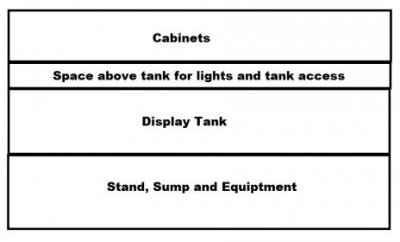On my new 90 gallon setup I'm going to doing in the next couple of months (hopefully) I'm going to build cabinets over the tank for storage, but the cabinets wlll stop about 2' short of the tank and that will be my canopy with my LED lights underneath the cabinets.
I want to mount some 4" computer fans to help with heat from the lights.
My question is...
Is it better to mount the fans so the are blowing cool air into the canopy or pulling hot air from it?
On the 125 that I had years ago I had one fan on the left side of the canopy pulling in cool air and one fan on the right side exhausting warm air, plus the back was open and that seemed to work pretty well.
Just wanted opinions.
Thanks;
I want to mount some 4" computer fans to help with heat from the lights.
My question is...
Is it better to mount the fans so the are blowing cool air into the canopy or pulling hot air from it?
On the 125 that I had years ago I had one fan on the left side of the canopy pulling in cool air and one fan on the right side exhausting warm air, plus the back was open and that seemed to work pretty well.
Just wanted opinions.
Thanks;





















